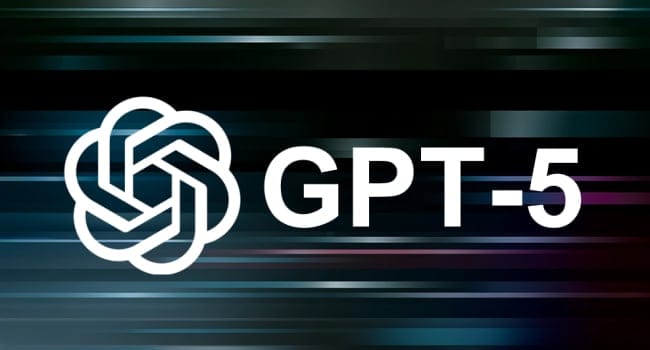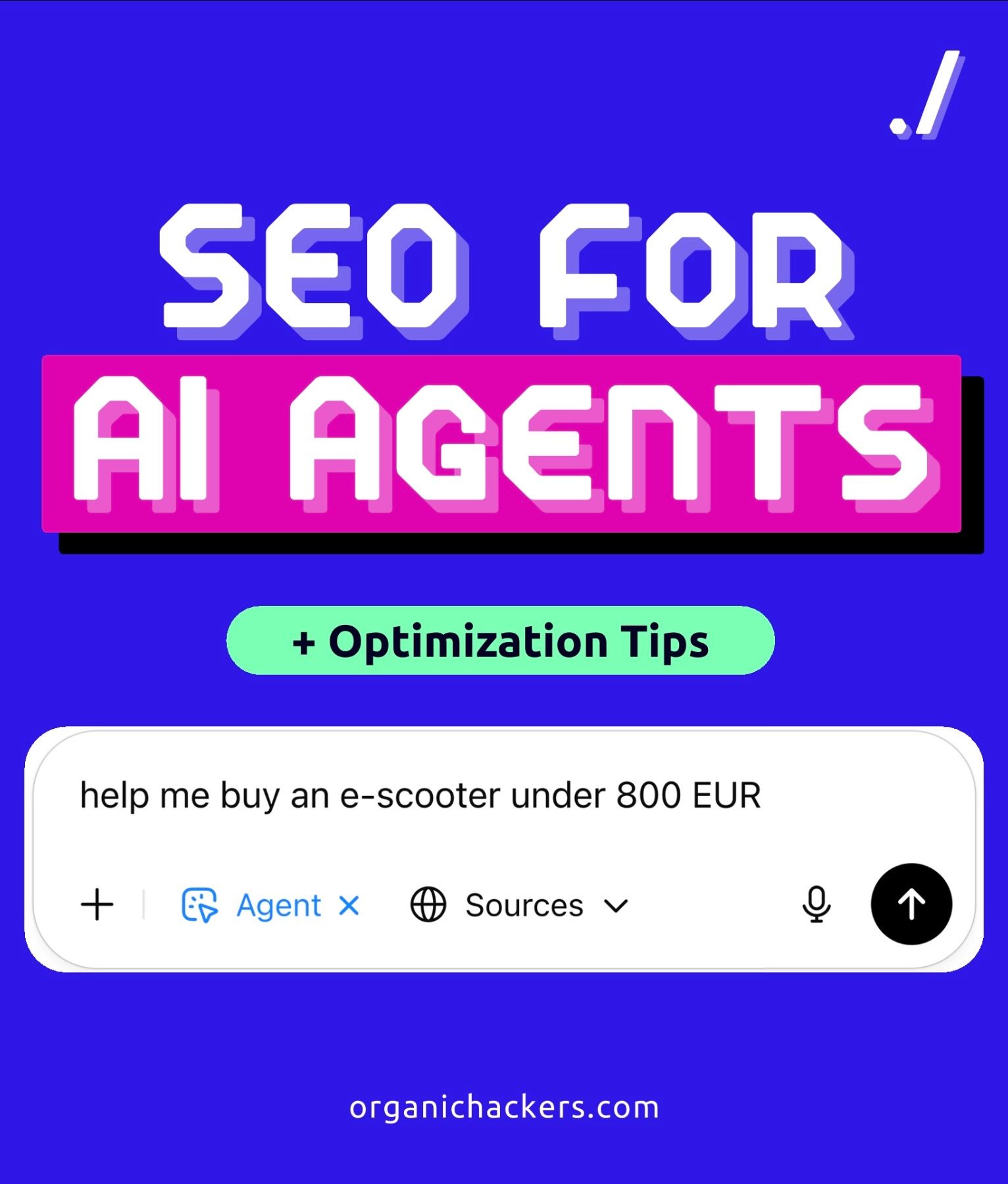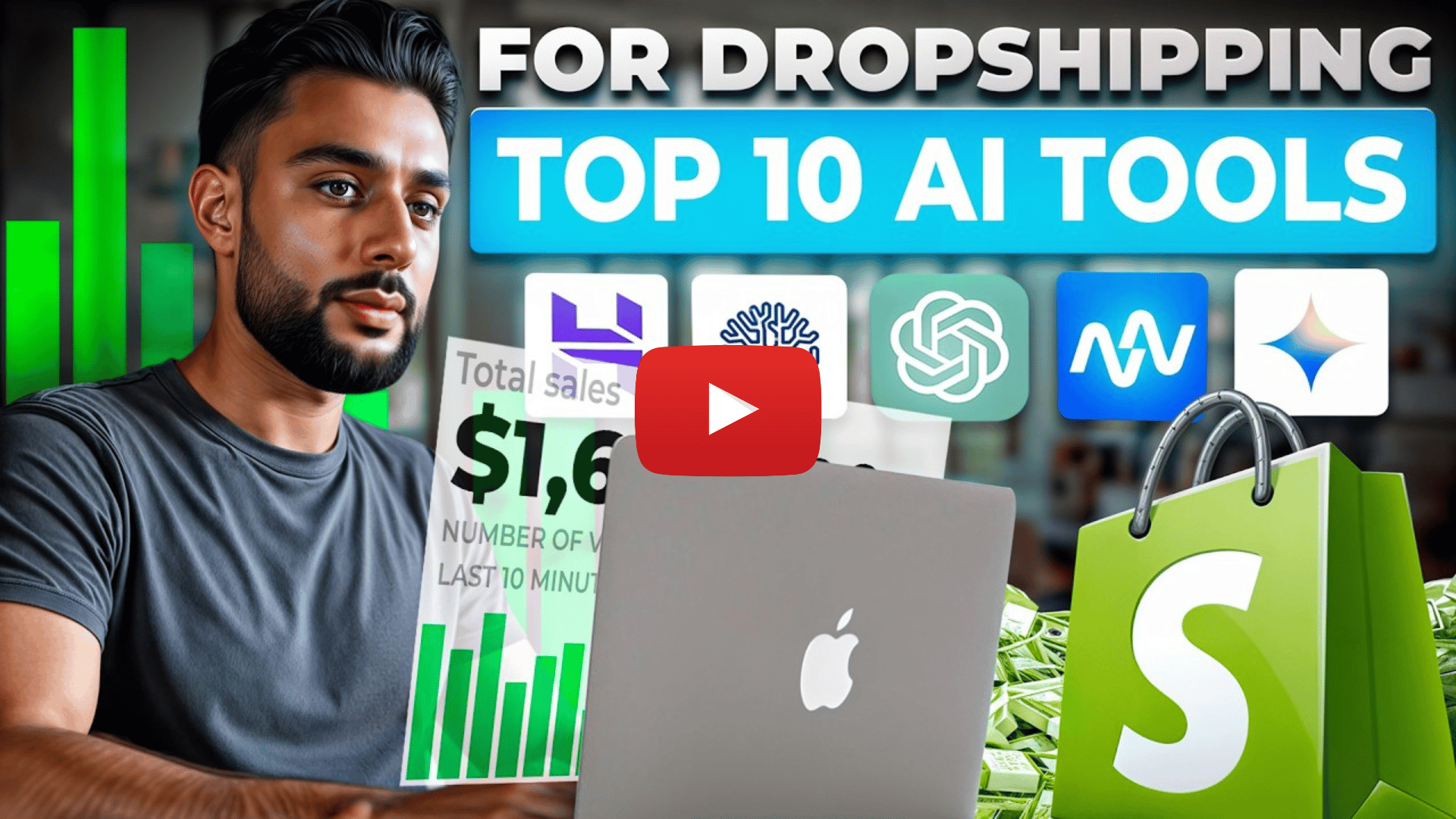
Today, we’re bringing you the latest in AI-powered marketing and business strategies. Here’s what’s inside:
🚨 AI Top Story: OpenAI’s most capable model yet aims to simplify everything with smarter reasoning, better memory, and one unified experience.
🔧 AI Tool Of The Week: Reachy helps you scale LinkedIn outreach with smart, human-sounding AI messages that actually get replies
🌟 Creator Spotlight: Jairo Guerrero shares how to prep your site for AI agents using OpenAI’s new agentic mode.
💬 AI Use Case Of The Week: Walmart is using AI agents to power shopping, personalisation, and backend ops - see how you can build something similar in your own stack.
🎥 YouTube Resource Of The Week: 10 Game-Changing Shopify AI Apps Broken Down For You To Explore

GPT‑5 Is Coming: Here’s What to Expect
Powerful Tools, Unified In One Model

I woke this morning thinking about how we’ve all been juggling between GPT‑4o, o‑series models, 4.5, and its lighter variants. Now OpenAI may be just weeks away from putting it all behind us with GPT‑5. Expected to land in early August 2025, GPT‑5 is shaping up as a unified AI system that blends the strengths of reasoning models like o3 with the versatility of ChatGPT’s core models. Instead of having to guess which version to pick, this upgrade will let you ask one AI to do it all, whether you’re tackling a complex reasoning challenge or just writing content that needs to sound human.
OpenAI CEO Sam Altman recently shared that GPT‑5 handled a coding problem he couldn't understand and nailed the answer instantly. He called it a “here it is moment” and admitted it left him feeling a bit useless next to the model’s performance. Internal logs suggest GPT‑5 is already in testing under names like “gpt‑5‑reasoning‑alpha‑2025‑07‑13,” signaling it’s been built with high-level logic and problem-solving in mind.
At launch, GPT‑5 is expected to come in three variants: standard, mini, and nano. Mini will show up in ChatGPT and API endpoints, while nano may be API only for lightweight or mobile use cases. If that sounds complicated, don’t worry. The whole point of GPT‑5 is to make AI feel simpler, not harder. The system is designed to adapt to your task, not the other way around.
Even the free version of ChatGPT is expected to run on GPT‑5 from day one, with Plus and Pro users getting enhanced access. Pro subscribers should also see deep integrations with tools like voice, search, canvas, and memory, all powered by the new model.
And there’s one more move coming before the launch. OpenAI plans to release an open-weights reasoning model, similar to o3 mini, on Azure and Hugging Face. This could open up new possibilities for researchers, enterprises, and developers who want to run high-performance models locally or fine-tune them for niche use cases.
GPT‑5 is shaping up to be the most approachable and capable model OpenAI has released yet. It’s built for reasoning, long context, smoother conversation, better coding, and richer interactivity. And based on everything we’ve seen so far, it’s just around the corner.

🔎 What news sources AI chat bots read - New research reveals which media outlets feed ChatGPT, Claude, and other leading chatbots.
🧩 Six Steps to Create Customer Value With AI - INSEAD researchers break down a practical framework for marketers, showing how to go from fragmented tools to full-funnel AI strategies that actually drive customer outcomes.
🎨 Nearly half of marketers now rely on AI for images, videos - The latest stats show a surge in creative AI use, with marketers turning to tools like Midjourney, Runway, and Adobe Firefly to generate visual content at scale.
🧠 Study Finds Most Marketers Use GenAI, But Few Have Worked with Agentic AI - While adoption of GenAI tools is high, most marketers haven’t touched autonomous agents yet.

🎯 The Artificially Intelligent Enterprise - Decoding America’s AI Plan
💡 AI CIO - Announcing Our First Authors Retreat
📻 AI Confidential Podcast - Confidential Computing Summit 2025: Day 1 Recap & Interviews

Invideo AI: Create Pro-Level Videos From a Simple Prompt
If you’re tired of cold messages that go nowhere, Reachy is an AI tool built to change that. Designed specifically for LinkedIn, Reachy helps marketers, founders, and sales teams scale their outreach efforts without sacrificing personalization or tone.
Unlike traditional automation tools, Reachy uses advanced language models to write messages that feel natural, relevant, and human. It customizes each touchpoint based on your target’s role, company, and online presence—then delivers it at the right time, with zero manual input once your flows are live.
Why It’s Gaining Attention
Reachy is part of a new wave of AI-native tools built around task-specific agents. It doesn’t just send messages, it understands context and intent.
Users report a 5–10x lift in response rates compared to typical templates, with some seeing calendar fills double within weeks.
Built for marketers, growth teams, and solopreneurs who want consistent, quality outreach without writing every word manually.
Native integrations with LinkedIn, Apollo, and HubSpot make it easy to plug into existing workflows.
Why It’s Great For Marketers
Book more demo calls, partnerships, or press opportunities with messaging that sounds like you - just more consistent.
Stop spending hours writing intros or follow-ups. Reachy handles everything from icebreakers to value props.
Works across campaigns: product launches, podcast invites, agency lead gen, B2B partnerships, and more.
Great for early-stage teams who want outbound growth without sounding robotic or aggressive.
Key AI Features
AI outreach messaging – Writes personalized, tone-matched LinkedIn messages based on your profile, audience, and offer.
Auto-sequencing – Set multi-step messaging flows that adapt based on engagement and timing.
Smart prospect insights – Pulls company info, roles, and recent activity to fine-tune messaging angles.
Tone customisation – Adjust the style from casual to professional, optimistic to direct, all in natural language.
Inbox syncing – Track replies, manage inboxes, and hand off hot leads to sales or leadership teams instantly.

JAIRO GUERRERO - Learn how to optimize your site for AI agents now driving search. This post breaks down how agentic mode changes SEO and what to do about it.

Walmart’s AI‑Supercharged Shopping Agents

Walmart is reshaping retail with AI agents that help shoppers complete tasks, streamline internal operations, and boost e-commerce revenue. Codenamed Sparky, these “AI Super Agents” use reasoning to understand goals, suggest relevant products, and optimise the shopping experience across platforms.
The initiative is part of Walmart’s goal to make AI the engine behind 50% of its digital sales. These agentic systems don’t just respond to queries - they proactively help customers shop faster and smarter, while optimising inventory, fulfilment, and promotions in real time.
How It Works
Conversational Shopping Agents
Agent models help users complete multi-step shopping tasks, from finding items to comparing prices and checking availability across locations.
Agentic Commerce Personalisation
AI personalises recommendations and bundles based on shopper intent, seasonality, and regional inventory data.
Backend Ops Automation
AI agents assist with demand forecasting, store replenishment, and shelf monitoring—reducing stockouts and improving logistics.
Multichannel Integration
Sparky supports Walmart’s mobile app, desktop site, and voice platforms—ensuring consistency across the entire customer journey.
Replicate Something Similar
Step 1: Build a Task-Oriented AI Agent
What it does: Helps users navigate products and complete multi-step actions like “find a back-to-school bundle.”
Tools: OpenAI Function Calling with structured tasks + LangChain agents.
Step 2: Layer in Personalisation Signals
What it does: Learns from previous behaviour, cart history, and local trends to optimise suggestions.
Tools:
Amazon Personalise or Google Recommendations AI are managed services that use customer activity data (like clicks, views, and purchases) to generate individualised product recommendations.
Product vector embeddings help represent items in a high-dimensional space based on features like brand, category, price, and co-purchase data - allowing the AI to recommend similar or complementary products even when there's no direct browsing history.
By combining these tools, businesses can create highly relevant shopping experiences that adapt to each user’s context, even for first-time visitors.
Step 3: Use AI for Demand + Inventory Forecasting
What it does: Predicts demand shifts and automates reordering or promos.
Tools: DataRobot or Google Cloud Vertex Forecasting + SKU-level data feeds.
Step 4: Deploy Multichannel Interfaces
What it does: Brings the agent to mobile apps, voice assistants, and web.
Tools: Voiceflow + React Native integrations + unified API layer using Firebase or AWS AppSync.

10 Game-Changing Shopify AI Apps Broken Down For You To Explore

‘Prompt Engineering’








